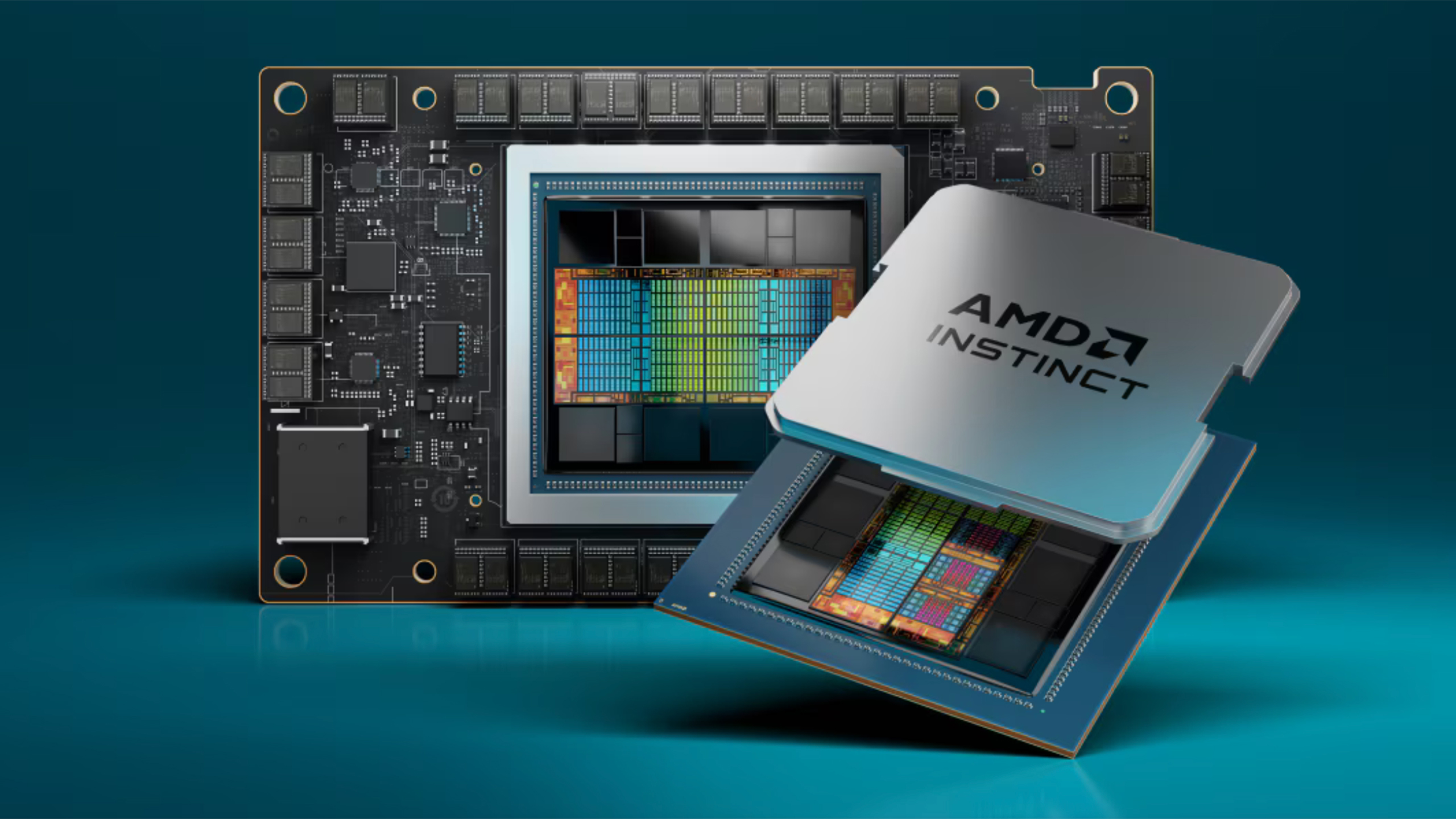The U.S. recently issued fresh restrictions on AI chip exports to China and other countries, further reducing the maximum allowable performance that manufacturers like Nvidia and AMD can deliver to their customers in the affected regions. Because of this, AMD reported in anSEC filingthat it might suffer “charges of up to approximately $800 million in inventory, purchase commitments, and related reserves.”The U.S. government has been taking steps to limit Beijing’s access to America’s most advanced chips to ensure the U.S. will retain its edge in artificial intelligence and prevent its East Asian rival from outpacing it. Because of this, both AMD and Nvidia have created AI GPUs specifically designed to meet the federal government’s restrictions. However, the White House updated its limitations recently, making the Nvidia H20 and AMD MI308 ineligible for export without a license.“On June 27, 2025,Advanced Micro Devices, Inc. (the “Company”) completed its initial assessment of a new license requirement implemented by the United States government for the export of certain semiconductor products to China (including Hong Kong and Macau) and D:5 countries…,” the company said in its SEC filing. “The Export Control applies to the Company’s MI308 products. The Company expects to apply for licenses but there is no assurance that licenses will be granted.”AMD isn’t the only one taking a substantial cut thanks to expanded export controls. Nvidia has also been hit massively, with the company expecting tomake a $5.5 billion write-offwith its H20 GPUs. The U.S. Department of Commerce said (viaReuters) that it’s enacting these requirements to act on “the President’s directive to safeguard our national and economic security.”This new restriction will make it harder for Chinese companies to acquire the chips they need to train their AI models. Nevertheless, it’s been proven that thesebans and sanctions have largely been ineffective. We’ve already seen some examples of Chinese businessmenimporting sanctioned Nvidia H200 GPUs, and it’s widely reported that you’re able to get these advanced chips into China byusing an intermediary located in nearby countriessuch as Malaysia, Vietnam, and Taiwan.SingaporeandMalaysiaare making moves to reduce the leakage of AI chips into China, but we won’t know how effective their moves will be in interdicting the massive black market demand.
Get Tom’s Hardware news, analysis, and in-depth reviews delivered straight to your feed:Check us out on Google News, and be sure to click the Follow button in the upper right.

Get Tom’s Hardware’s best news and in-depth reviews, straight to your inbox.
Jowi Morales is a tech enthusiast with years of experience working in the industry. He’s been writing with several tech publications since 2021, where he’s been interested in tech hardware and consumer electronics.
